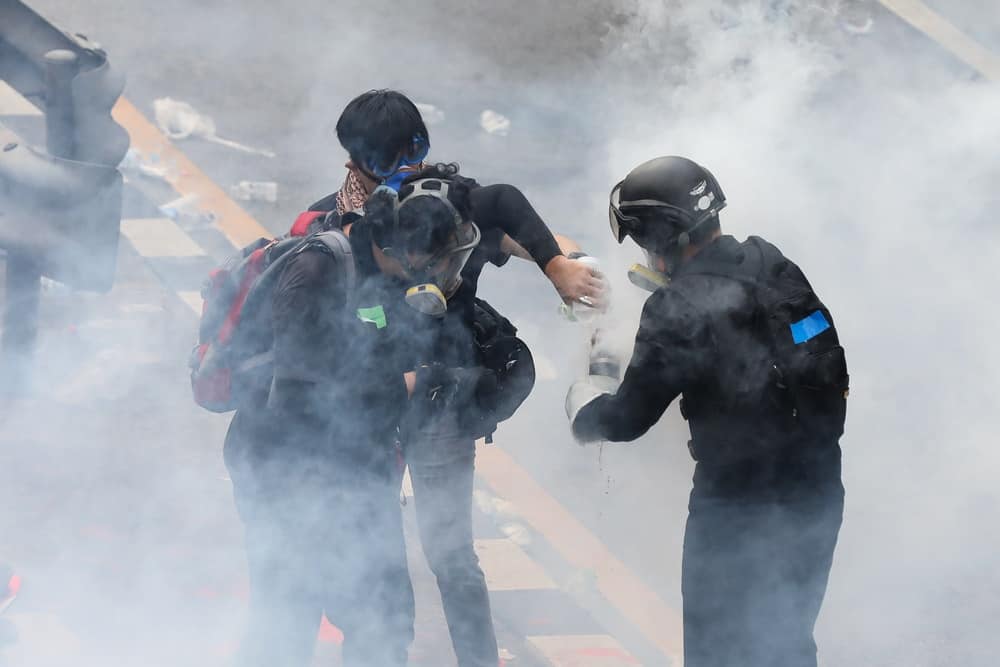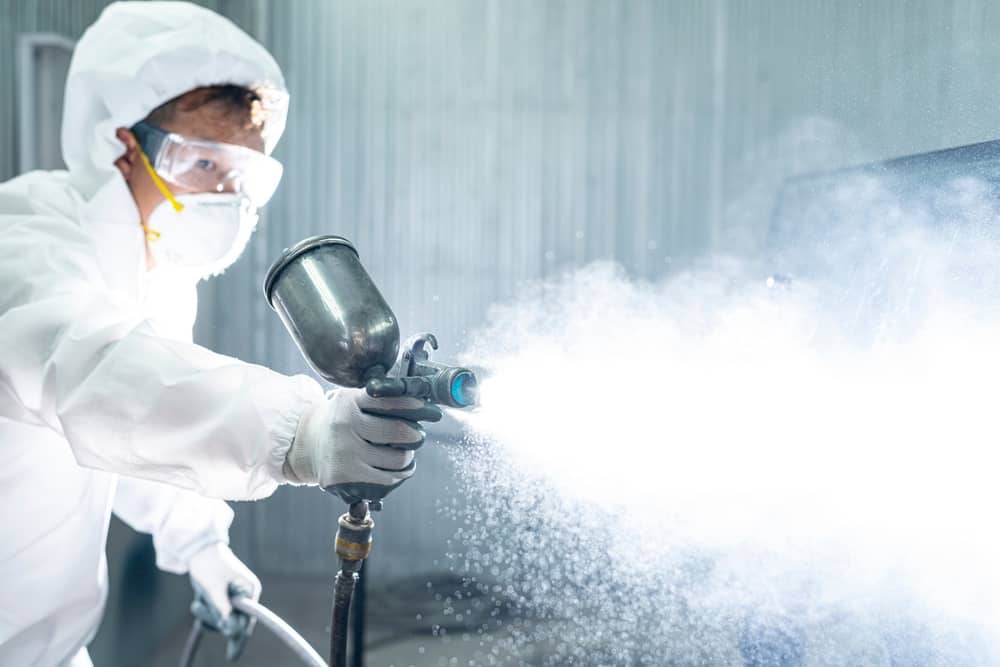The risks involved in a building sprayed with tear gas could disable the occupants and cause health and physical damage. Naturally, tear gas descends from upper floors or areas into the basement or rooms beneath. This movement could force you to harbor most fumes in your house, walls, items, or clothes, causing structural damage to your property.
It is a nearly impossible residue remediation task. Learning how you can clean up tear gas helps you manage the effects.
In addition, it reduces your exposure to harmful gas chemical deposits in your home. However, it’s a challenging job if you choose to do it on your own through consultations and tutorials rather than turning to an expert.
Here are some challenges you may face when cleaning up tear gas residue in your home.
Different Types of Gas Require Specific Cleanup Methods
You can’t use the same cleaning method when dealing with different types of tear gas. Each gas has its contraindications and handling instructions.
Various chemical compounds are found in the gas to destabilize and disable humans. The most common type used to disperse crowds infiltrates the mucous membranes causing you to tear up, cough, or have a burning sensation on the skin.
You need to have the necessary personal protective equipment (PPE) and use proper clean up methods for an effective remediation process. For example, using heat with some tear gas types could be biohazards. An inspection at the start of your cleaning process helps you identify the best action plan.
Using conventional methods of residue cleanup sparingly. Choose your cleaners based on the type of gas used in the canisters. The most common cleaning products are either alcohol or water-based.
You Can’t Easily Measure or Determine if the Residue Has Been Removed Completely
It’s challenging to measure the success of your task because tear gas isn’t a gas. There’s no instrument you can use to measure the amount of residue left in your building or items.
Soft items like mattresses or blankets could retain the gas, causing irritation or creating a risk in your home.
Without proper organization, you might re-contaminate or cross contaminate the house. So, ensure you clean the house from top to bottom and back to front to reduce possible effects.
Use the sniff test to know if the cleaned rooms still have gas residue. Then, re-clean the room if you feel any tingling sensation in your eyes or skin.
Require Several Repetitions for a Successful Cleanup

Tear gas residue clean up requires numerous rounds of cleaning to ascertain the results. You must scrub down the house severally for proper remediation. Protect yourself by washing or disposing your clothes and other items like curtains and sheets.
Tear gas residue in powder form could turn to gas when heated. You must clean an area or item severally to ensure you remove the particles. Ask your crew to spot-check each room to ascertain the need to repeat the cleaning process.
HVAC Vents and Systems Store Additional Residue Contaminating a Wider Area
The HVAC system is a possible storage area for tear gas powder particles. The vents and piping system require a specialized cleaner and tools for complete remediation of the gas particles in the duct. You must consider every area, hole, or duct for a thorough cleaning using the heating equipment when scrubbing the ducts.
In addition, the vast system network makes it more vulnerable and risky to the people and items in the house.
Cross-Contamination of Surfaces
Recontamination and cross contamination of surfaces during clean up are highly possible. You must have a system that allows you to work through the house without stepping back into the same room without protective equipment. Most crews use cheers of paper to cover cleaned areas to avoid contaminating the areas again.
Recontamination is possible when you apply heat in the house, causing the powder particles to turn to gas and spread. Using the correct safety procedures when cleaning, you can avoid recontamination without compromising your cleaning progress.
Follow the right steps when cleaning, starting from top to bottom. It avoids recontamination when the particles settle or move to the bottom areas of the house.
Some Properties and Materials May Not Be Salvageable

Salvaging items like property or soft materials could be challenging when cleaning up tear gas residue. For example, you can wash clothes, curtains, or bedding to clean them after tear gas exposure. But items like furniture are difficult to clean and remove the residue.
These are some challenges you may face when cleaning up tear gas residue in your home. Contact Scene Clean today to overcome these challenges and set you off in a less hazardous environment.



